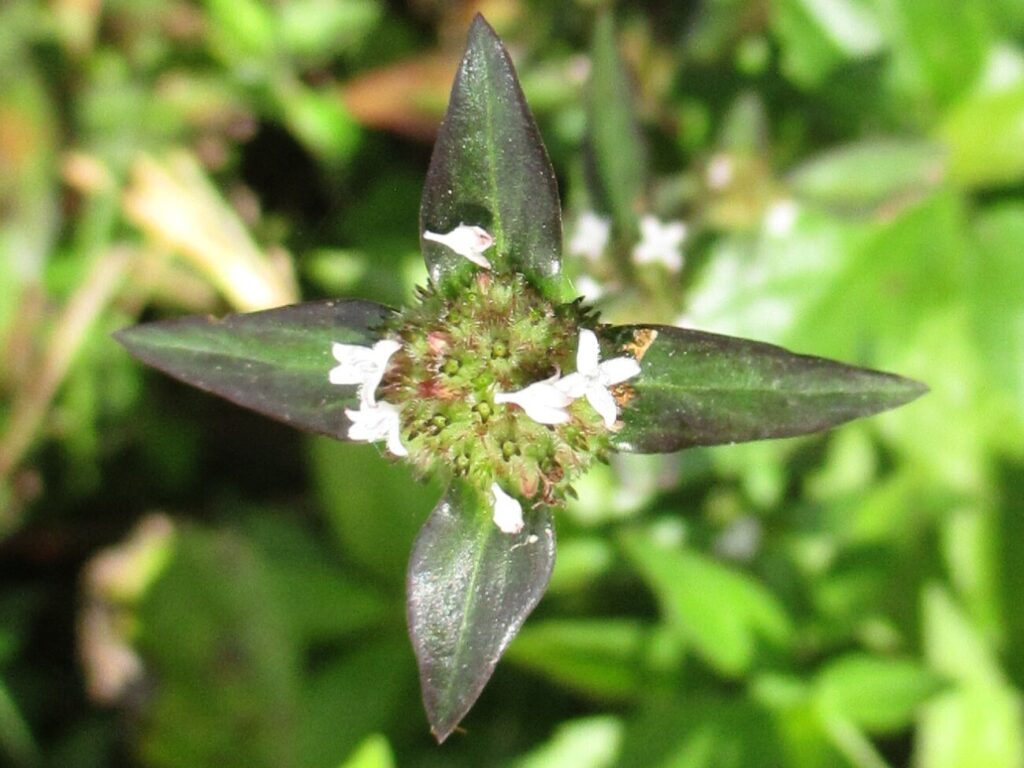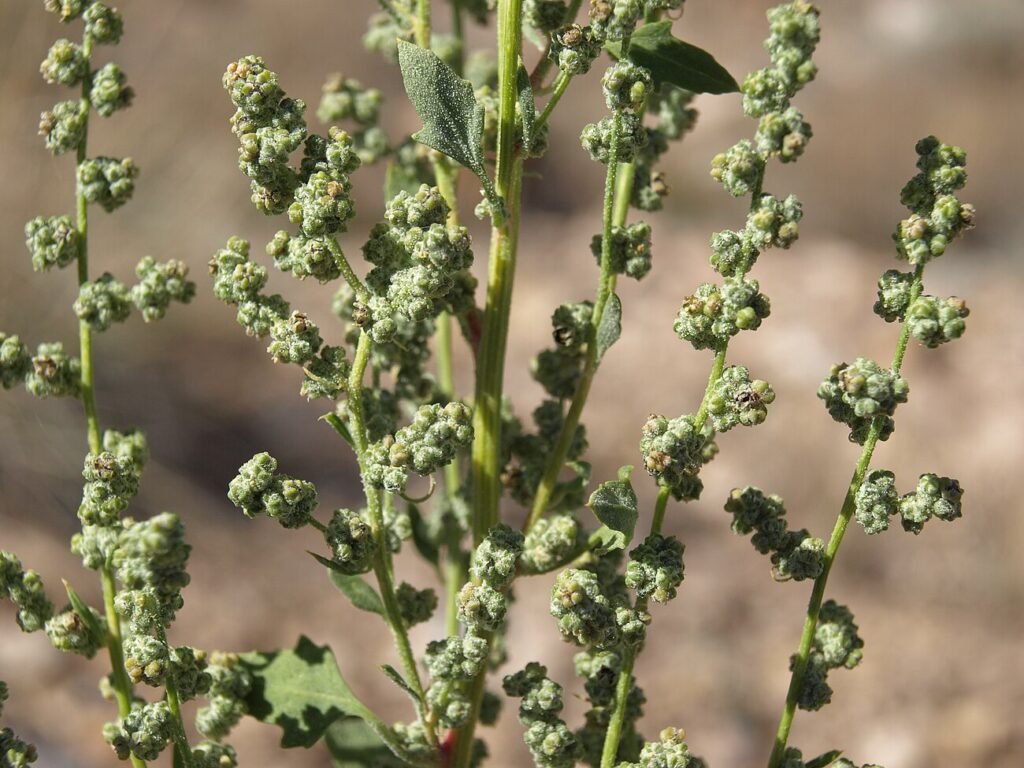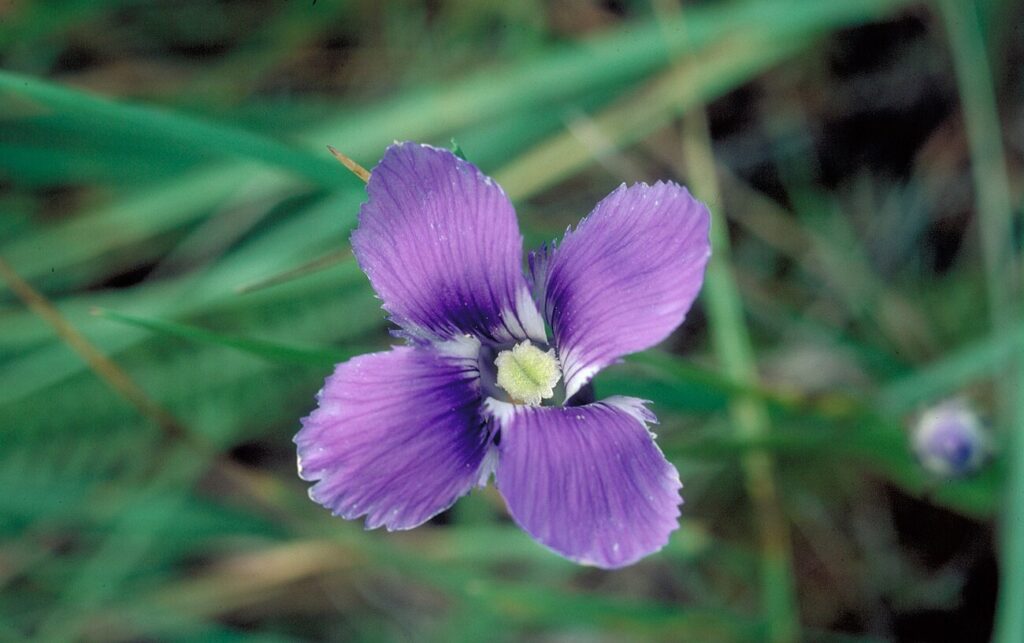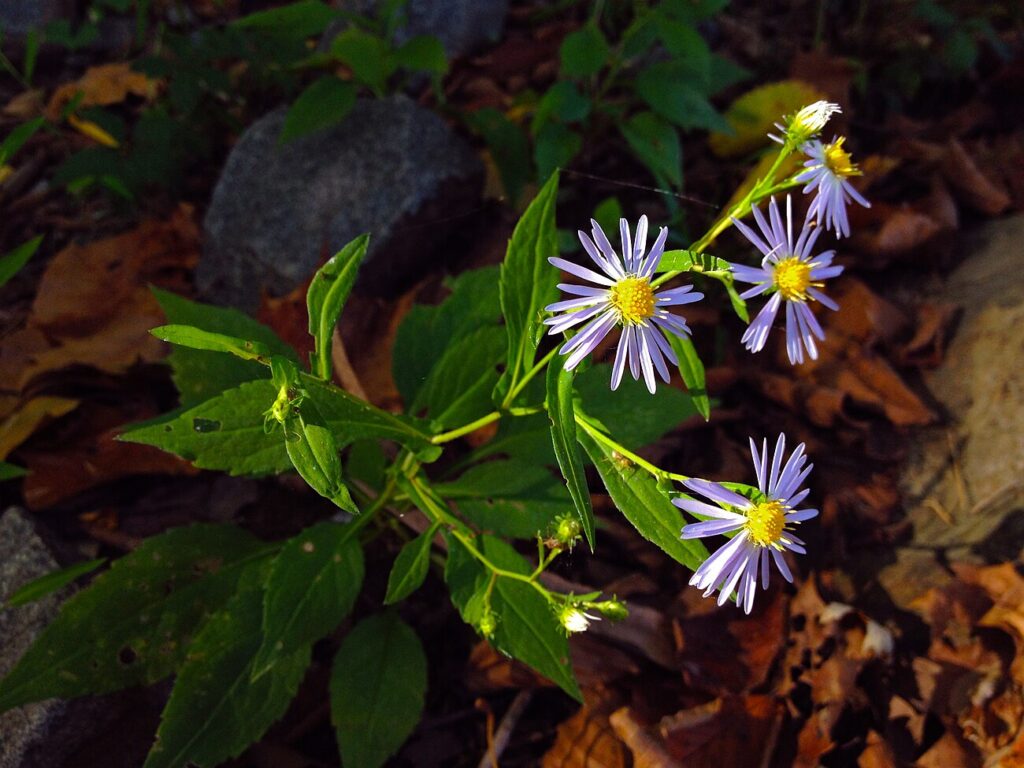Exploring Winged False Buttonweed
Scientifically recognized as Spermacoce remota and classified under Family: Rubiaceae, stands out as a distinctive Herbaceous perennial known for its unique characteristics. While it may also be found under other Synonyms, Spermacoce latifolia.withNot specified form. You can use our free plant care app PlantPlants to identify Winged False Buttonweed.
Temperature
50 F to 95 F
Watering
Moderate; prefers consistently moist soil
Fertilizing
Balanced NPK fertilizer (e.g., 10-10-10)
Sunlight
Full sun to partial shade
Toxicity
Not toxic



Appearance and Growth Of Winged False Buttonweed
At maturity, this species reaches approximately Approximately 1-3 feet tall, presenting Opposite, elliptical to ovate leaves; dark green in color along with Small, white to pale lavender flowers in compact clusters, followed by Small, round capsule containing seeds. These features are supported by a reliable Fibrous root system, ensuring stability and sustained growth.
Winged False Buttonweed Origin and Habitat
Native to Native to tropical parts of Central and South America and the southern United States, Winged False Buttonweed thrives in Prefers damp, disturbed areas such as roadsides and meadows at elevations around Up to 2,500 feet. Best suited for USDA Hardiness Zone Zones 8-11. Whether grown indoor, in a curated garden or a more natural setting, its ecological requirements help maintain its vigor over time.



How to take Care of Winged False Buttonweed
Light, Soil and Watering Winged False Buttonweed.
You can use our free plant identify app PlantPlants to chose the best spot for Winged False Buttonweed, This plant prefers Full sun to partial shade and flourishes in Well-drained, loamy to sandy soils with a soil pH of about 5.5 to 7.5.
Winged False Buttonweed needs watering,Moderate; prefers consistently moist soil, guided by PlantPlants app, You can get plants daily watering schedule. to maintain Moist, ensure steady hydration. Applying water through Drip irrigation or regular watering during dry spells supports even distribution and helps prevent overwatering or dryness.
Temperature and Humidity
Winged False Buttonweed performs best within 60 F to 90 F. Its ideal growth occurs at around 75 F to 85 F, though it tolerates ranges from 50 F to 95 F. Additionally, maintaining Moderate to high humidity encourages healthy foliage and overall plant vigor.
Fertilization & Soil Health
Feeding with Balanced NPK fertilizer (e.g., 10-10-10) at the recommended Seasonal Application Frequency on PlantPlants App keeps nutrients balanced. Incorporating Organic compost enhances soil structure and fertility, while staying alert to Yellowing leaves, stunted growth helps you adjust care as needed to maintain optimal plant health.
Routine and Maintenance
Regular attention ensures this plant’s beauty and longevity. Late winter or early spring before new growth for Remove dead or weak stems, reshape plant tidies its appearance, while Every 2-3 years or when root-bound may be necessary as it grows, requiring a Increase pot size by 1-2 inches in diameter increase and a fresh Peat-based potting mix with perlite. for Staking or Support. Typically does not require staking.
Seasonal Changes and Propagation of Winged False Buttonweed
During None; evergreen in warm climates, growth may slow and some Leaves remain green unless subjected to cold temperatures can occur. For those looking to propagate, consider Seed propagation, stem cuttings and provide Warm temperatures, consistent moisture when starting from seed. If using cuttings, follow Use 4-6 inch cuttings; dip in rooting hormone and keep in moist medium to ensure successful rooting and healthy new plants.
Pests, Diseases and Prevention
our free plant identify and care app PlantPlants can help you diagnosisWinged False Buttonweed problems.Though generally robust, keep watch for Aphids, whiteflies, spider mites and remain vigilant against Leaf spots, root rot. Implementing Regular inspections, maintaining good air circulation and applying Insecticidal soap for pests, remove affected plant parts for diseases when issues arise will help sustain the plant thriving.
Companions and Uses of Winged False Buttonweed
This plant pairs nicely with Great with other perennials like Echinacea and Lantana and shows Minimal negative interactions reported, making it a flexible choice for various Ground cover, erosion control.
Edible and Cultural Aspects
the Edible Parts: Young leaves. Toxicty of Winged False Buttonweed, Not toxic. learning about its Spring; harvest young leaves for eating, Used in salads and as a flavoring, and Contains vitamins A and C can be intriguing for culinary explorers. Some traditions highlight its Traditionally used in herbal remedies for various ailments or note its Used in traditional medicine in some cultures.
Conservation and Status
With an Not evaluated, proper Habitat protection efforts in native regions
Frequently Asked Questions
1. What is Winged False Buttonweed?
It is a herbaceous perennial belonging to the Rubiaceae family, known for its clusters of small flowers.
2. How tall does the Winged False Buttonweed grow?
It typically grows to a height of 1-3 feet.
3. What type of soil does it prefer?
It thrives in well-drained, loamy to sandy soils.
4. Is Winged False Buttonweed edible?
Yes, the young leaves are edible and can be used in salads.
5. How often should I water Winged False Buttonweed?
Water every 4 days in summer and every 14 days in winter.
6. What are its sunlight requirements?
It prefers full sun to partial shade.
7. What pests commonly affect Winged False Buttonweed?
Common pests include aphids, whiteflies, and spider mites.
8. Can it grow in colder climates?
It is best suited for USDA zones 8-11 but can tolerate temperatures down to 50 F.
9. How can I propagate Winged False Buttonweed?
It can be propagated by seeds or stem cuttings.
10. Does it require any special fertilization?
A balanced NPK fertilizer is recommended every 6-8 weeks during the growing season.



